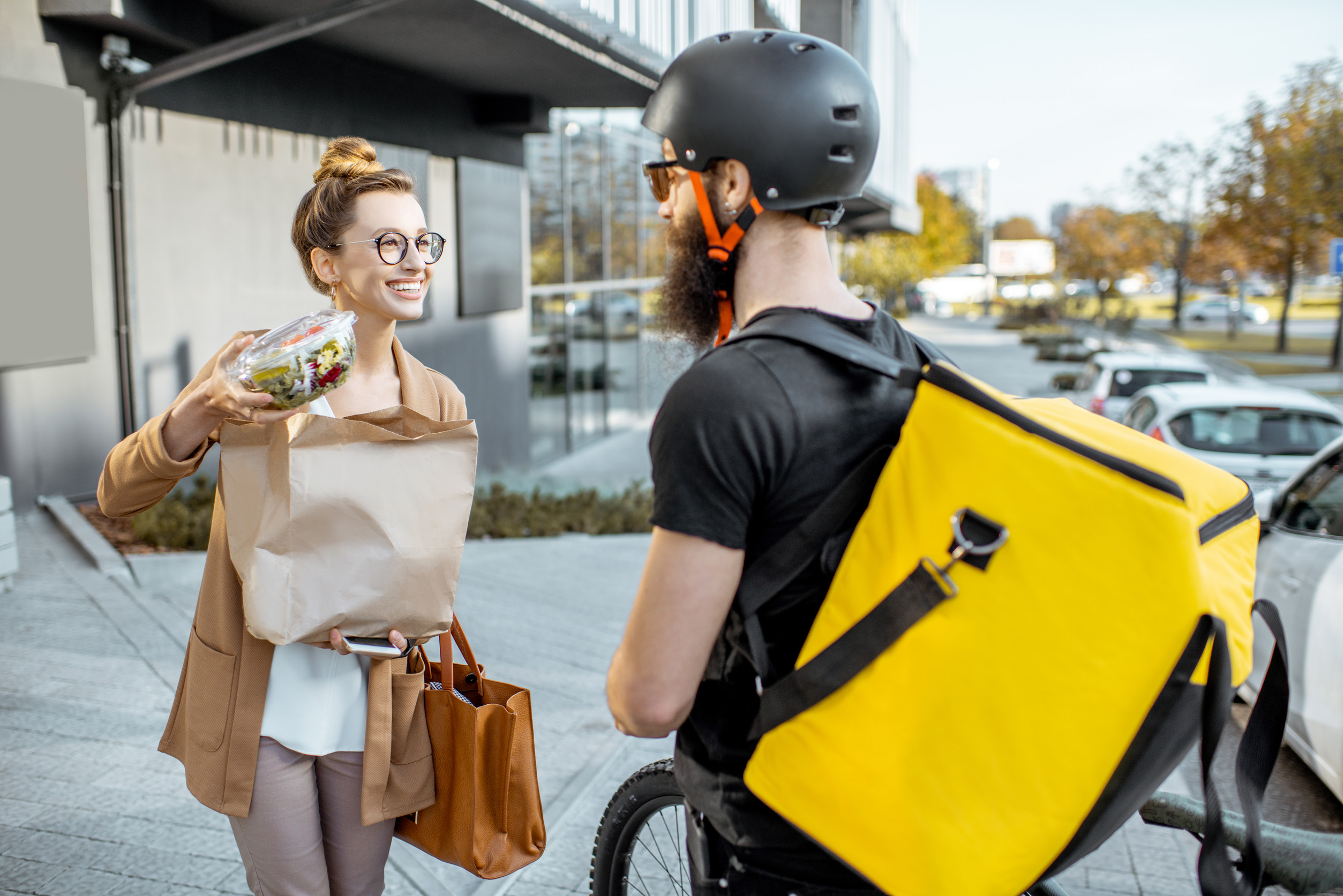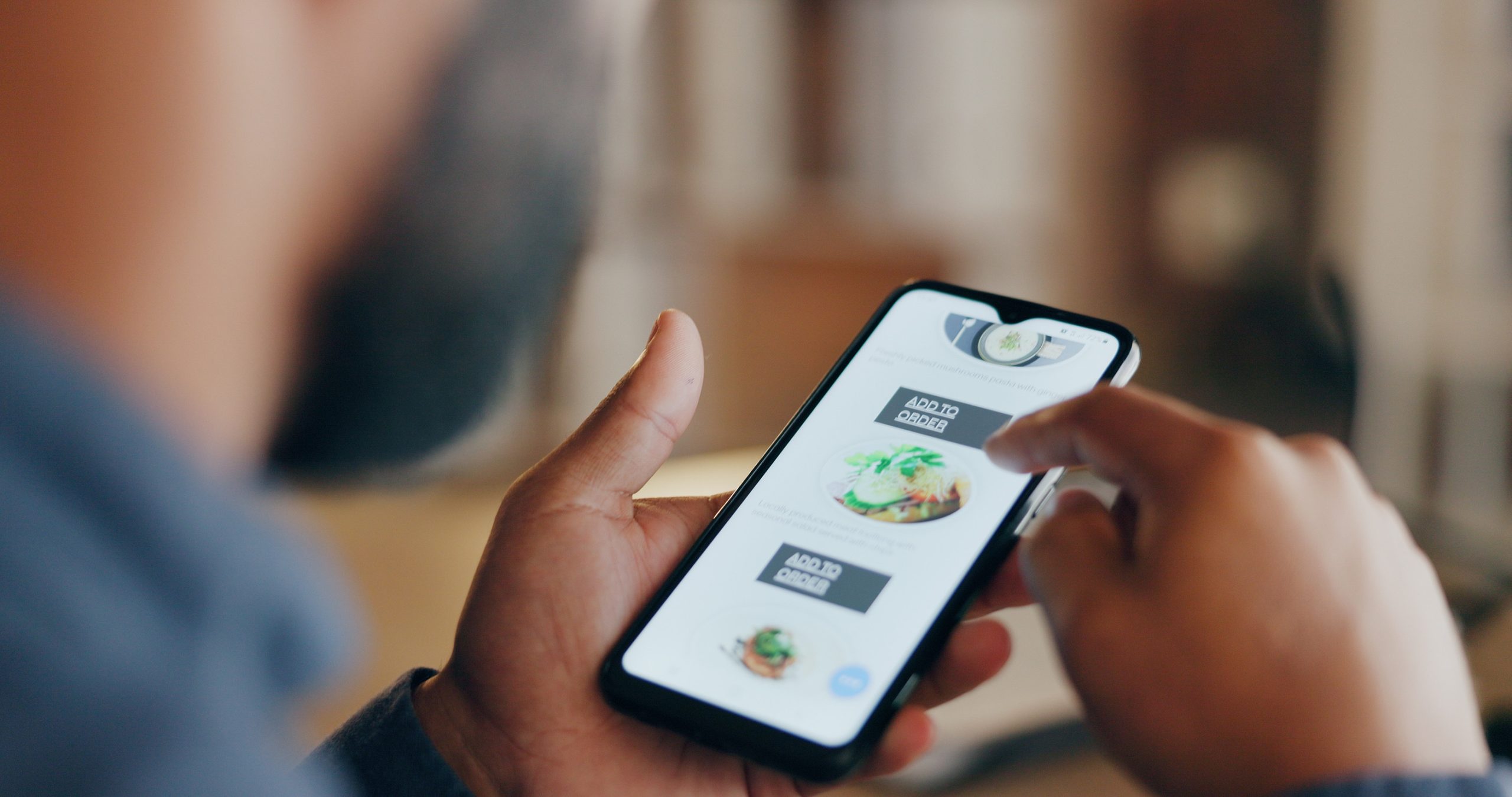In the digital age, convenience is king, and food delivery apps have become a staple in many people’s lives. With just a few taps, we can have a meal delivered right to our door in under an hour, no cooking required.
While this may seem like a blessing, the rise of food delivery services has led to unintended consequences, particularly when it comes to how we view and engage with cooking.
The Convenience Trap: Quick Meals at a Cost
Food delivery apps promise unparalleled convenience, allowing us to bypass the kitchen altogether. While this is incredibly tempting after a long day at work or when we’re feeling too tired to cook, it comes with hidden costs. Not only are we spending more money on takeout than we would on homemade meals, but we’re also losing valuable cooking skills.
Moreover, food delivery apps often encourage unhealthy eating habits. Meals are usually high in sodium, sugar, and unhealthy fats—ingredients that are easier to use in mass-produced food than fresh, whole ingredients. The convenience of choosing a meal with a few taps can lead to overconsumption of fast food, which contributes to weight gain, heart disease, and other health problems. This convenience, rather than promoting healthier choices, has instead become a contributor to a society increasingly disconnected from the act of preparing nutritious food.
Cooking as a Lost Art
There was a time when cooking was a fundamental part of everyday life. Families gathered around the dinner table, preparing meals together, learning recipes passed down through generations. Cooking wasn’t just a chore; it was an opportunity to bond, be creative, and develop essential life skills. Unfortunately, food delivery apps have taken away much of this experience. The art of cooking—whether it’s learning to chop vegetables properly or experimenting with new recipes—has become something many people no longer prioritize.
Even for those who still cook occasionally, the process has been simplified to the point of losing its charm. Pre-packaged meals and easy-to-follow kits have taken the spontaneity out of cooking, reducing it to a series of steps that feel more like following instructions than expressing creativity. As food delivery apps continue to dominate, there’s a growing risk that future generations will never learn how to cook from scratch, further eroding the skills necessary for a healthier and more self-sufficient lifestyle.
The Impact on Our Health
One of the most concerning effects of food delivery apps is the impact they have on our health. When we choose to have food delivered, we’re often opting for meals that are less nutritious than what we could prepare at home. Delivery apps are dominated by restaurants that prioritize speed and cost-efficiency over nutritional value, often serving meals that are too greasy, too salty, or too sugary. While these meals may taste good in the moment, they don’t offer the long-term health benefits of home-cooked food.
Additionally, many of us fail to realize just how much we’re spending on food delivery over time. What may seem like a small indulgence here and there quickly adds up, and we’re not just paying for convenience—it’s a costly choice that doesn’t necessarily contribute to our well-being. The money we spend on takeout could be better invested in fresh, high-quality ingredients that could be used to prepare several healthy meals. If we reallocate that budget, we can prioritize our health and make better decisions about what goes into our bodies.
Social Connections Are Fading
Eating is a social activity, but food delivery apps have gradually transformed it into an isolated, individual experience. Instead of sitting down with family or friends to enjoy a homemade meal, we often find ourselves eating alone in front of a screen. Even when meals are shared, they’re often taken from different restaurants or eaten in front of the TV, creating a disconnected and less meaningful experience.
The rise of delivery services has also affected the way we gather and celebrate around food. Traditionally, meals were a time for conversation, connection, and shared experiences. Now, we’re less likely to cook together, share recipes, or talk about food as we mindlessly scroll through an app to place our next order. This lack of social interaction surrounding food can make the act of eating feel more transactional and less enjoyable.
Environmental Costs of Food Delivery
Another aspect of food delivery apps that often goes unnoticed is their environmental impact. The packaging used for takeout and delivery—plastic containers, wrappers, and bags—contributes significantly to waste. The convenience of food delivery is often paired with single-use plastics that end up in landfills or, worse, in the ocean. Additionally, the carbon footprint of delivering food to your door adds to the strain on the environment. Cars, motorcycles, and even bicycles are used to transport meals, contributing to air pollution and climate change.
In contrast, cooking at home allows us to minimize waste and make more sustainable choices. We can purchase ingredients in bulk, use reusable containers, and compost food scraps. By preparing our own meals, we also have more control over the sustainability of our choices, opting for locally sourced produce or organic ingredients when possible. As consumers, it’s crucial to recognize that our choices—whether it’s ordering takeout or cooking at home—have consequences for the planet.
Reclaiming Our Relationship with Cooking
It’s time for a shift. Instead of allowing food delivery apps to dominate our lives, we can choose to reclaim our relationship with cooking. We don’t need to give up convenience entirely, but we can make more intentional decisions about when to cook and when to order takeout. For example, meal planning can help us strike a balance between home-cooked meals and convenience. We can also experiment with new recipes and explore cooking as a creative outlet.
In addition, we can prioritize health and wellness by making cooking a family or community activity once again. Sharing the joy of preparing food together can strengthen bonds and promote healthier eating habits. With small changes, we can begin to reconnect with the act of cooking and its many benefits—both for our health and our relationships.
Reignite Your Relationship With Food
As you can see, food delivery apps have completely changed how we think about, prepare, and think about food, but it doesn’t have to be that way. Now is the time to reclaim how you work with food.
What do you think about the rise of food delivery apps? Do you find them convenient, or do you miss the days when cooking was a bigger part of your routine? Share your thoughts, ideas, and comments below!
Read More
14 Fast Food Meals You’ll Probably Regret Ordering
The 8 Best Anti-Aging Foods to Add to Your Diet Today



Leave a Reply